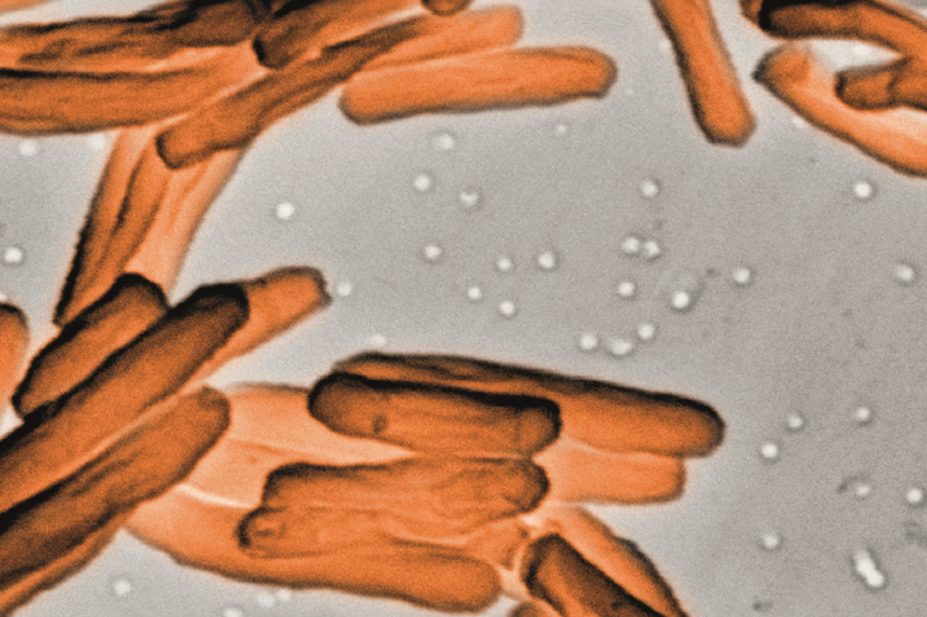
Cultura RM / Alamy
The molecular mechanisms involved in immune responses to bacterial infections are generally well understood – except for tuberculosis (TB). A study in Nature Medicine
[1]
(online, 2 March 2015) shows that TB bacteria release a section of DNA, a virus-mimicking molecule called c-di-AMP, and its behaviour offers drug and vaccine possibilities.
TB bacteria were engineered to produce different levels of c-di-AMP: a correlation with immune response (INF-beta protein levels) was identified. Crucially, c-di-AMP also affected bacterial growth, with higher levels increasing autophagy. Survival in mice infected with TB bacteria engineered to overproduce c-di-AMP more than doubled (321 days) compared with mice infected with normal TB (150 days).
“We still don’t know if altering c-di-AMP levels can affect outcomes in humans, but this study does suggest that it is well worth looking into,” says co-author William Bishai from the Center for Tuberculosis Research, Johns Hopkins University, Baltimore, Maryland.


